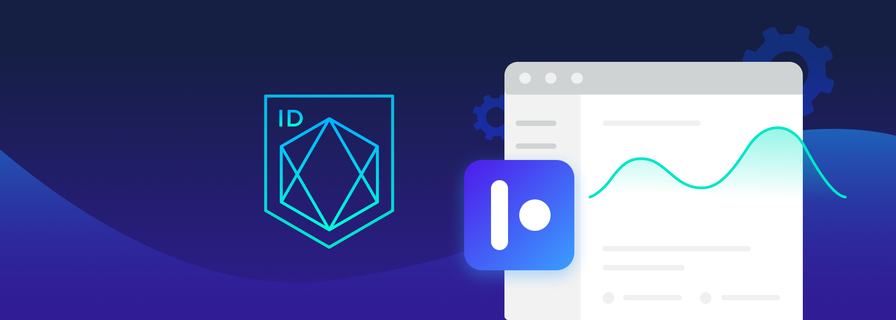goal
Showing 110 posts related with goal.
-
 Intermediate · 1 hour +
Intermediate · 1 hour +Milestone Dapp Built with Pyteal
We will build a decentralized milestone based application using pyteal and Python. PyTeal is used to write the smart contracts whereas interacting with them is done via Python using the `py-algorand-sdk`.
-
 Beginner · 30 minutes
Beginner · 30 minutesSiam - Managing Global Application State
With Siam, you can operate a small key-value store on the Algorand blockchain with minimal configuration. You can start publishing real-world data to the blockchain and write your own oracle.
-
 Intermediate · 30 minutes
Intermediate · 30 minutesAlgorand Builder Tutorial: Part 1 - Creating Local Network and Deploying ASA
[Algorand Builder](https://github.com/scale-it/algo-builder) is a development environment, testing framework and asset pipeline for Algorand. Our goal is to make shipping Algorand applications simple, efficient, and scalable.
-
 Beginner · 30 minutes
Beginner · 30 minutesDeploying a bet dApp powered by Beaker
In this tutorial you will deploy a bet dApp, named AlgoBet. You will setup an Algorand sandbox, compile the AlgoBet smart contract and instantiate it on the testnet. Finally, you will be able to interact with the deployed decentralized bet system.
-
 Beginner · 15 minutes or less
Beginner · 15 minutes or lessCreate Your First ORE ID Application
Creating your test app is simple using our sample app. Here you will learn to create an ORE ID app and configure the sample app to run your test app, allowing you to test logins and transaction signing on the chain.
-
 Beginner · 15 minutes or less
Beginner · 15 minutes or lessRestful Algorand API with Spring Boot
By leveraging a simple Algorand Spring Boot starter, and implementing the Spring Web library, we can easily standup a Restful API to allow users to interact with the Algorand ecosystem.
-
 Beginner · 1 hour +
Beginner · 1 hour +Song Vote on Algorand - Create and deploy a fully functioning Dapp
Create and deploy dApp to vote on songs (or other things) on the Algorand test network. By the end you will have a good understanding of the full development pipeline on Algorand!
-
 Beginner · 30 minutes
Beginner · 30 minutesRead and Write to the Transaction Note Field with Java
Example Java to read and write into the note field.
-
 Intermediate · 30 minutes
Intermediate · 30 minutesAlgo Builder Tutorial Part 5: Algob Console
In this tutorial we present how to use `algob console` to quickly and easily interact with Algorand Standard Assets and Smart Contracts.
-
 Intermediate · 15 minutes or less
Intermediate · 15 minutes or lessAdding Transaction Capabilities to a dApp Using AlgoSigner
AlgoSigner is a blockchain wallet that makes it easy to use Algorand-based applications on the web. In this tutorial, you will learn how to integrate AlgoSigner into your decentralized application.
-
 Beginner · 1 hour
Beginner · 1 hourCreating an NFTMarketplace
Creating an NFTMarketplace application where users can mint, buy and sell NFTs.
-
 Beginner · 30 minutes
Beginner · 30 minutesRead and Write to the Transaction Note Field with Go
Example using Go to read and write into the note field.
-

PyTeal — Writing Algorand Smart Contracts in Python
PyTeal is a python language binding for Algorand Smart Contracts (ASC) that abstracts away the complexities in writing smart contracts. PyTeal is provided as an open-source tool for the Algorand community. We invite you to try, use, and contribute to PyTeal if you are interested in developing and deploying ASC’s in Python.
-

Introducing Sandbox: The quick way to get started on Algorand
Sandbox makes the process of node creation and configuration seamless with several helpful commands for containerization and process management. It is simply a quick and easy way to create and configure an Algorand node using Docker.
-

Algorand Standard Assets
A conceptual overview of Algorand Standard Assets for developers.
-

Algorand Atomic Transfers
A conceptual overview of Algorand Atomic Transfers for developers.
-

Getting Started on Algorand
In this article, we are going to cover some of the basics of where to start, what tutorials are available, options for setting up your development environment, and how you can be rewarded for developing applications on the Algorand blockchain.
-

Verify Signatures and Signed Data within Algorand Smart Contracts
This article explains how to use the ed25519verify opcode in conjunction with the tealsign goal command.